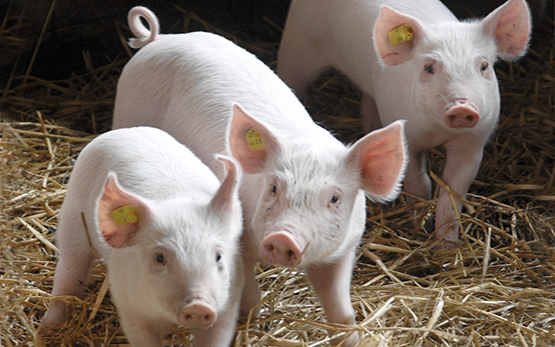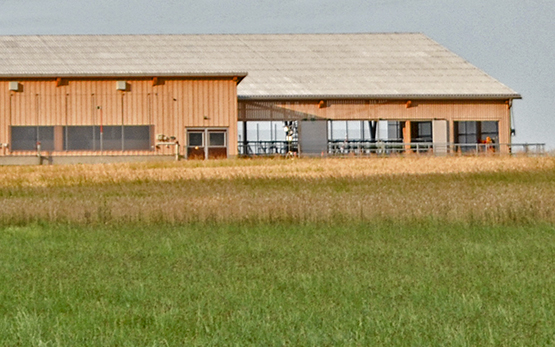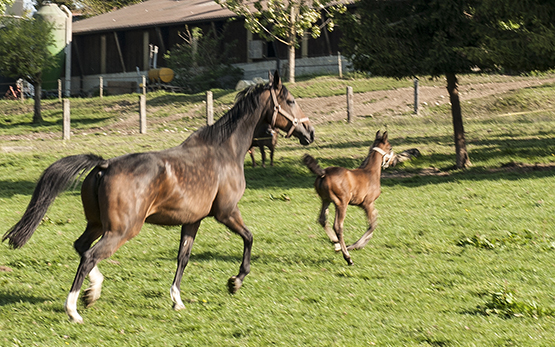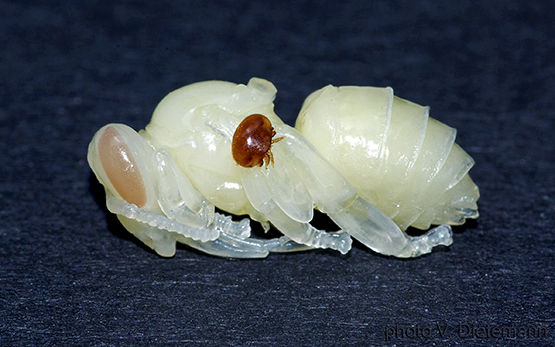Tannins instead of Antibiotics in Pig Breeding
Piglets weaned from the sow and combined into new groups often develop what is sometimes referred to as 'post-weaning diarrhoea'. Frequently, the whole group of piglets with diarrhoea is treated preventively or therapeutically with antibiotics, which promotes the occurrence of antibiotic resistance. A study conducted at Agroscope showed that chestnut tannins successfully reduce post-weaning diarrhoea, and thus represent a practical alternative to the use of antibiotics.
Reducing Ammonia Emissions from Animal Housing
Livestock husbandry involves undesirable emissions in the form of ammonia and greenhouse gases. In order to achieve agricultural environmental objectives, measures that are both effective and practical are necessary. In the experimental dairy housing for emission measurements, structural, process-engineering and organisational mitigation measures as well as feeding strategies are comparatively investigated and evaluated. Besides emissions, the investigations also cover process engineering, animal behaviour, work economics and costs.









